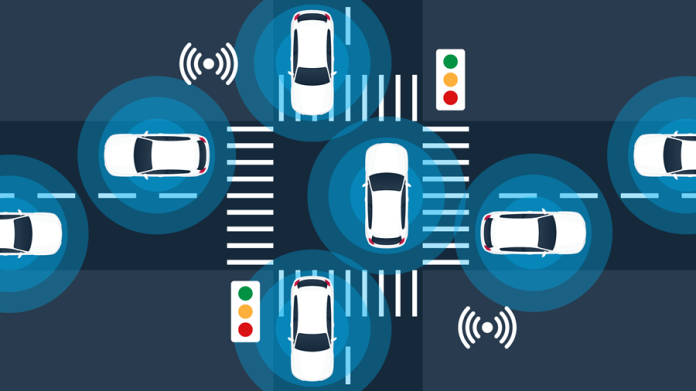In today’s tech-driven era, automotive electronics have become integral to modern vehicles, comprising an array of systems such as engine management, ignition, radio, carputers, telematics, in-car entertainment systems, among others. Over time, the importance of these electronic systems has been growing. Historically, electronics constituted about 10% of the total car cost till the 1980s, later, this share reached 35% by 2010, according to Statista. Keeping pace with the trend, in 2030, electronics are projected to make up around 50% of the cost of a new car. The main drivers of this rise are attributed to electronics usage in cars and the broader trends of connectivity and automation.
Considering this upsurge, technology is destined to lead the way for the automotive electronics sector in the foreseeable future. To speed fast its systems, telematics and the Internet of Things (IoT) can create welcome opportunities. Telematics, in particular, is capable of tracking the vehicle to transmit and store real-time data about its location, operation, and function. Subsequently, this data can be used to improve driver safety, increase efficiency, and reduce costs. Similarly, automotive IoT forms an essential component of connected car technology allowing vehicles to interact with external objects and road users such as other vehicles, people, or road infrastructure, and ensure greater road safety and traffic efficiency.
Let’s look at how telematics and IoT are evolving to aid automotive electronics:
- Real-Time Supply Chain Visibility: Telematics provides automotive makers with critical insights into their supply chains, allowing them to address gaps in deliveries and production timelines. Additionally, IoT apps ease fleet management with the help of integrated weight management, location tracking and advanced sensors.
- Data Collection and Analysis: Tracking devices powered by telematics collect and transmit data, such as GPS position, speed, and fuel consumption. The data is sent to a centralised server, where it can be analysed and optimised for user interfaces. Moreover, the increase in electronics has enhanced vehicles’ capabilities to monitor both internal and external conditions. Thus, connected cars are capable of sharing these kinds of information with other devices via a robust IoT ecosystem. Interestingly, it is projected that by 2025, there will be over 400 million connected cars in operation, up from some 237 million in 2021.
- Live Monitoring and Safety Enhancement: Telematics allows for real-time monitoring of vehicles, especially in semi-autonomous cars. It is put in place with GPS and onboard diagnostics to record and map the vehicle’s location, route, speed, and ensure the safety of people. Moreover, IoT-infused semi-autonomous cars make on-spot decisions while partly controlling the vehicle operations to avoid accidents and reduce the load from the driver. Along with different proximity sensors and cameras, cars are integrated with IoT systems to reduce human error and make driving more comfortable and safe.
- Predictive Analysis and Improved Efficiency: A sought-after feature of automotive electronics is predictive analytics. Telematics data helps businesses make insightful decisions to identify potential issues. These systems can proactively alert drivers if they swerve, and detect drowsiness using vision AI models. As for IoT, it aids in taking necessary actions to prevent car parts from sudden breakdowns.
Future Prospects
Looking ahead, as the field of telematics matures, smart cars will continue tapping into IoT sensors and devices that link vehicles in cities via smart traffic technologies. Automotive manufacturers will use telematics for a variety of testing and training purposes such as gaining deeper insights into onsite or remote testing, creating predictive models for vehicle integrity, training employees virtually, as well as running simulations to improve crash-test safety.
The sector is bound to integrate AI to analyse large amounts of data from vehicle sensors for autonomous driving capabilities. Future vehicles may even influence telematics to provide tailored experiences based on driver preferences and habits, including navigation, entertainment, and comfort settings. With the rise of electric vehicles, telematics will play a major role in managing battery health, optimising charging, and planning energy-efficient routes. Ultimately, these developments will certainly shape business opportunities and process refinements in automotive electronics that were previously unattainable.
Author: Pavan Puri, Founder & Managing Director, Greencore Electronics










